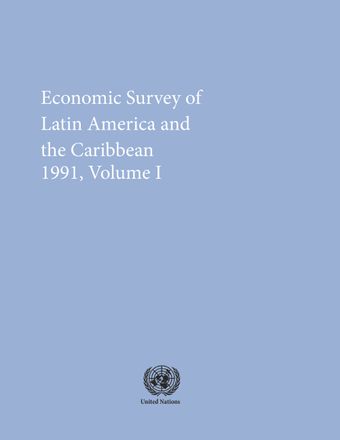Brazil

- Author: Economic Commission for Latin America and the Caribbean
- Main Title: Economic Survey of Latin America and the Caribbean 1991 , pp 59-86
- Publication Date: December 1991
- DOI: https://doi.org/10.18356/fe8ea0b8-en
- Language: English
In 1991 the Brazilian economy was once again buffeted by heavy turbulence. Accelerating inflation, constant failure to moderate it, and the prolongation of the recession dominated the economic scene. Even though inflation was only around a fourth Of what it was in 1990, it was still extremely high (480%), with a clear upward trend from June onward, reaching almost 25% per month during the last quarter. Complex economic measures were taken throughout the year, from heterodox actions on prices to the application of orthodox monetary policies. Thus, the rules of the game again changed frequently, a phenomenon that has become more and more common since the mid-1980s and one that has helped to spread a growing uncertainty about the future of the economy. Meagre results also reflected the serious obstacles that fiscal and monetary policies faced during the year, such as the sharp drop in public income -15% in real terms- and the beginning of the gradual release of financial resources frozen in March 1990, which by the end of the year represented a sum of close to 2.5% of gross domestic product (GDP).
-
From This Site
/content/books/9789210601184s005-c003dcterms_title,dcterms_subject,pub_keyword-contentType:Journal -contentType:Contributor -contentType:Concept -contentType:Institution105



